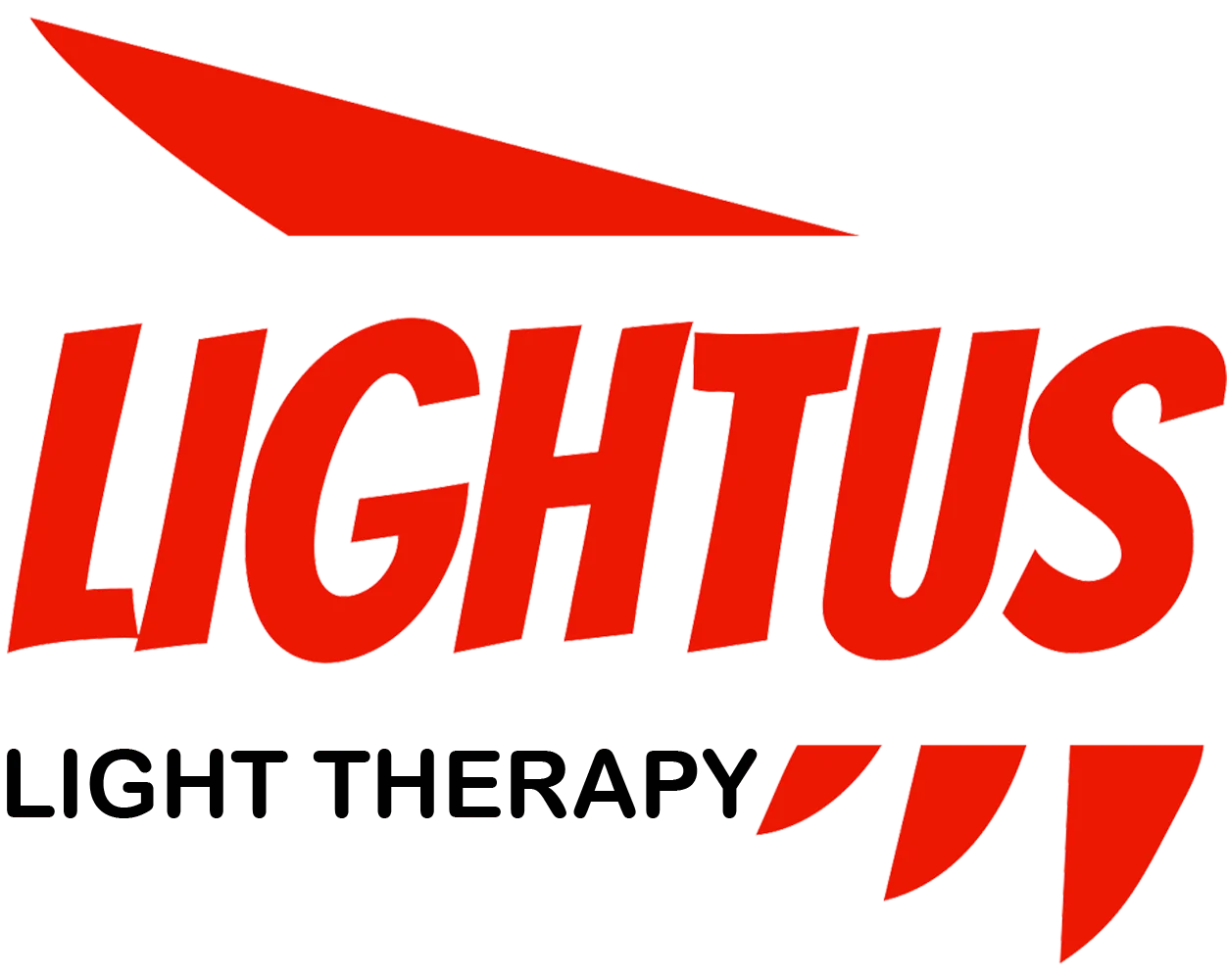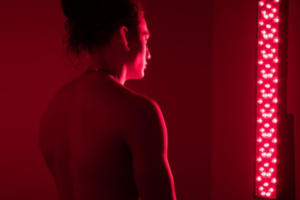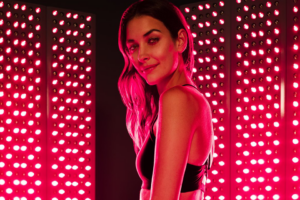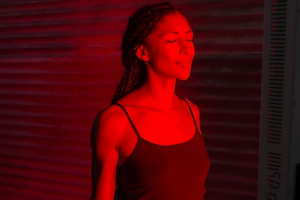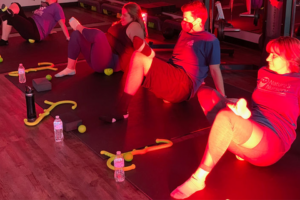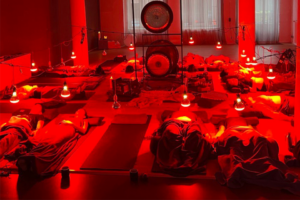Unlocking the Power of Red Light Therapy: Does It Really Work?

Red light therapy has been gaining popularity in recent years as a potential solution for various health and beauty concerns. But does it really live up to the hype? In this comprehensive guide, we’ll explore the science behind red light therapy, its potential benefits, and how it can be used effectively. Whether you’re curious about its effects on skin health, pain relief, or overall wellness, this article will provide you with the information you need to make an informed decision about incorporating red light therapy into your routine.
Table of Contents
What is Red Light Therapy and How Does It Work?
Red light therapy, also known as low-level light therapy (LLLT) or photobiomodulation, is a non-invasive treatment that uses specific wavelengths of light to stimulate cellular function. This therapy typically employs red and near-infrared light wavelengths, ranging from 630 to 850 nanometers.But how exactly does it work? When red or near-infrared light is absorbed by the skin, it triggers a series of biological responses:
- Increased mitochondrial function
- Enhanced cellular energy production
- Improved blood circulation
- Stimulation of collagen and elastin production
These processes can lead to various potential benefits, which we’ll explore in more detail throughout this article.
What Are the Potential Benefits of Red Light Therapy?
Red light therapy has been studied for its potential to address a wide range of health and beauty concerns. Some of the most promising benefits include:
- Improved skin health and appearance
- Reduced inflammation and pain
- Enhanced muscle recovery and performance
- Accelerated wound healing
- Increased hair growth
- Better sleep quality
While research is ongoing, many users report positive experiences with red light therapy for these and other applications.
Can Red Light Therapy Really Improve Skin Health?
One of the most popular uses of red light therapy is for skin rejuvenation. But does it actually work? Let’s look at the evidence:
- Collagen production: Red light therapy has been shown to stimulate collagen production, which can help reduce the appearance of fine lines and wrinkles.
- Acne treatment: The anti-inflammatory properties of red light therapy may help reduce acne and associated redness.
- Skin tone and texture: Regular use of red light therapy may lead to improvements in overall skin tone and texture.
A study published in the Journal of Clinical and Aesthetic Dermatology found that red light therapy can indeed improve skin complexion and feeling of skin 1.
How Effective is Red Light Therapy for Pain Relief?
Many people turn to red light therapy as a natural alternative for pain management. Here’s what the research says:
- Chronic pain: Several studies have shown that red light therapy can help reduce chronic pain, particularly in conditions like osteoarthritis and fibromyalgia.
- Muscle soreness: Athletes and fitness enthusiasts often use red light therapy to alleviate post-workout muscle soreness and speed up recovery.
- Joint pain: The anti-inflammatory effects of red light therapy may help reduce joint pain and stiffness.
A meta-analysis published in the European Journal of Physical and Rehabilitation Medicine concluded that low-level laser therapy (a form of red light therapy) is an effective treatment for chronic non-specific low back pain 2.
Can Red Light Therapy Boost Athletic Performance?
Athletes and fitness enthusiasts have been increasingly turning to red light therapy to enhance their performance and recovery. Here’s how it might help:
- Muscle recovery: Red light therapy may accelerate muscle repair and reduce inflammation after intense workouts.
- Endurance: Some studies suggest that pre-exercise red light therapy can improve endurance and delay muscle fatigue.
- Injury prevention: By promoting tissue repair and reducing inflammation, red light therapy might help prevent sports-related injuries.
A study published in the Journal of Athletic Training found that red light therapy applied before exercise could increase the number of repetitions performed and decrease muscle fatigue 3.
Is Red Light Therapy Safe for Home Use?
With the increasing availability of at-home red light therapy devices, many people wonder about their safety. Here are some key points to consider:
- Generally safe: Red light therapy is considered safe for most people when used as directed.
- No UV exposure: Unlike tanning beds, red light therapy devices do not emit harmful UV rays.
- Potential side effects: Some users may experience mild and temporary side effects such as eye strain or headaches.
- Quality matters: It’s important to choose a high-quality, FDA-cleared device for home use.
While red light therapy is generally safe, it’s always a good idea to consult with a healthcare professional before starting any new treatment regimen, especially if you have pre-existing health conditions.

How Often Should You Use Red Light Therapy?
The frequency of red light therapy sessions can vary depending on your specific goals and the device you’re using. Here are some general guidelines:
- Skin care: 3-5 sessions per week for 10-20 minutes each
- Pain relief: Daily sessions of 10-20 minutes for acute conditions, or 2-3 times per week for chronic issues
- Athletic performance: 1-2 sessions per day, either before or after workouts
Remember, consistency is key when it comes to seeing results from red light therapy. It’s important to follow a regular treatment schedule for several weeks to months to experience the full benefits.
What Are the Different Types of Red Light Therapy Devices?
There are various red light therapy devices available for both professional and home use. Some common types include:
- Full-body panels
- Handheld devices
- LED face masks
- Light therapy beds
- Red light therapy belts
- Targeted devices (e.g., for hair growth or pain relief)
When choosing a device, consider factors such as the treatment area, convenience, and your specific health goals.
Are There Any Risks or Side Effects of Red Light Therapy?
While red light therapy is generally considered safe, it’s important to be aware of potential risks and side effects:
- Eye strain: Always use protective eyewear during treatments to prevent eye discomfort.
- Headaches: Some users report mild headaches, especially when first starting treatment.
- Skin irritation: In rare cases, people with sensitive skin may experience temporary redness or irritation.
- Photosensitivity: Certain medications can increase light sensitivity, so consult your doctor if you’re taking any medications.
It’s worth noting that these side effects are typically mild and temporary. However, if you experience any persistent or severe symptoms, discontinue use and consult a healthcare professional.
How Does Red Light Therapy Compare to Other Skin Treatments?
Red light therapy is often compared to other popular skin treatments. Here’s how it stacks up:
| Treatment | Invasiveness | Downtime | Cost | Results |
|---|---|---|---|---|
| Red Light Therapy | Non-invasive | None | $$ | Gradual improvement |
| Chemical Peels | Minimally invasive | 1-7 days | $$ | Immediate results with gradual improvement |
| Microdermabrasion | Minimally invasive | None | $$ | Immediate results with gradual improvement |
| Laser Resurfacing | Invasive | 3-10 days | $$$ | Significant improvement with longer recovery |
Red light therapy stands out for its non-invasive nature and lack of downtime, making it an attractive option for those seeking a gentle yet effective treatment.
What Does the Science Say About Red Light Therapy?
While more research is needed to fully understand the effects of red light therapy, numerous studies have shown promising results:
- A 2014 study published in Photomedicine and Laser Surgery found that red light therapy improved skin complexion and feeling of skin 4.
- Research published in the Journal of Clinical and Aesthetic Dermatology in 2018 demonstrated that red light therapy could reduce fine lines and wrinkles 5.
- A 2019 meta-analysis in the Journal of Inflammation Research concluded that red light therapy is effective for pain relief in various conditions 6.
These studies, among others, suggest that red light therapy has potential benefits for skin health, pain management, and other applications. However, it’s important to note that individual results may vary, and more large-scale, long-term studies are needed to fully establish its efficacy for all claimed benefits.
Conclusion: Is Red Light Therapy Worth Trying?
After examining the evidence and potential benefits, it’s clear that red light therapy shows promise for a variety of health and beauty applications. While it may not be a miracle cure, many users report positive experiences with this non-invasive treatment.Here are the key takeaways to remember:
- Red light therapy can potentially improve skin health, reduce pain, and enhance athletic performance.
- It’s generally safe for home use when proper precautions are taken.
- Consistency is key – regular treatments are necessary to see results.
- More research is needed to fully understand its long-term effects and optimal usage.
- Individual results may vary, so manage your expectations accordingly.
If you’re considering trying red light therapy, it’s worth discussing with a healthcare professional to determine if it’s right for you. With its growing popularity and increasing availability of home red light therapy devices, this innovative treatment may be worth exploring as part of your health and wellness routine.
A typical red light therapy device for home useRemember, while red light therapy shows promise, it should not replace conventional medical treatments for serious conditions. Always consult with a healthcare professional before starting any new treatment regimen.
